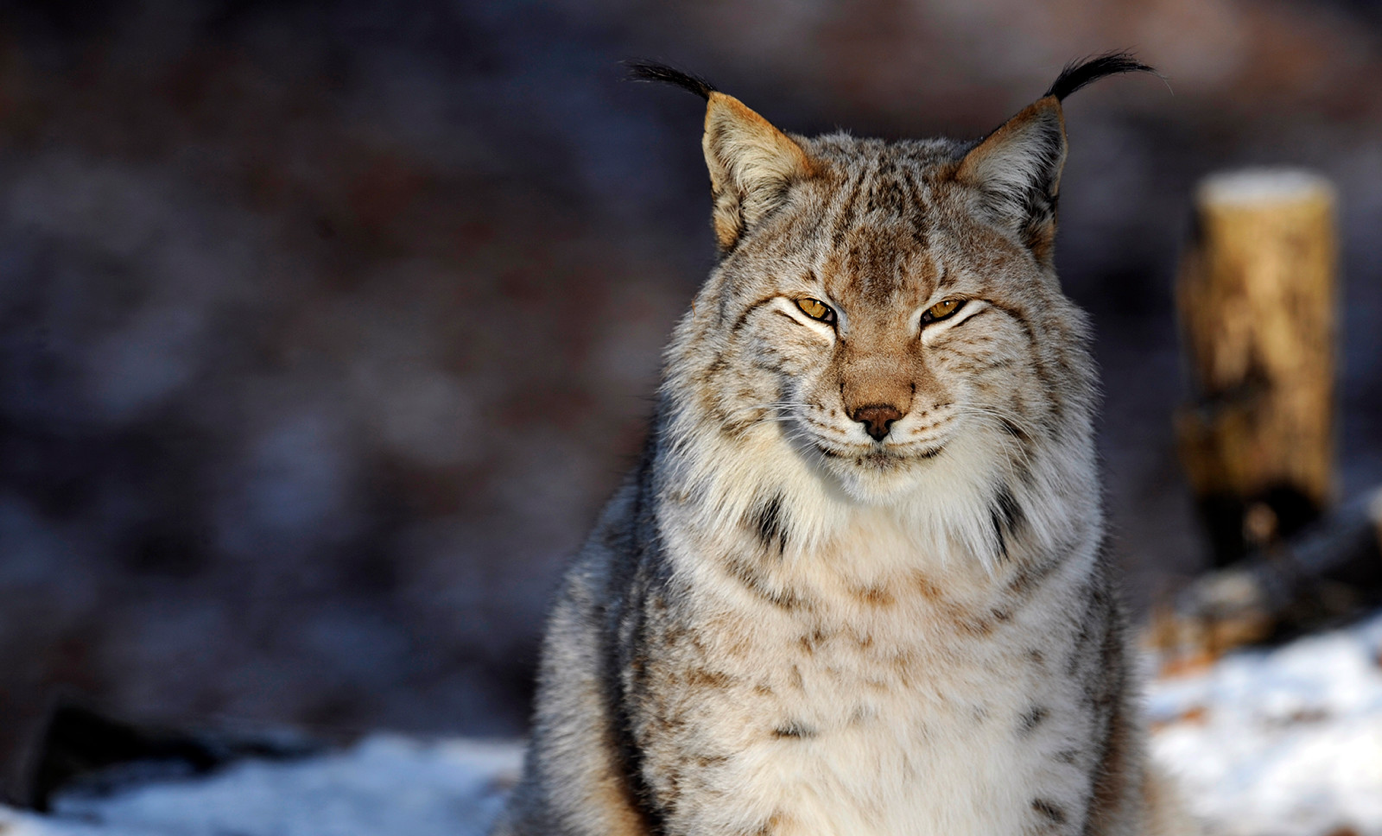Whether from hunting, loss of habitat, climate change, or all three, these animals went extinct in the wild — but scientists brought them back. These reintroduction programs around the world have helped return mammals, insects, birds and reptiles to their native habitats, with added benefits for the environment, too.
Extinct across Central Europe since the 1800s, the Eurasian lynx has returned to several countries, including Switzerland, France, Italy, Austria and Germany, thanks to a series of reintroduction programs that began in the 1970s. However, the fragmentation of these populations is still a barrier and conservationists are now exploring ways to connect animals scattered in isolated groups across the continent.
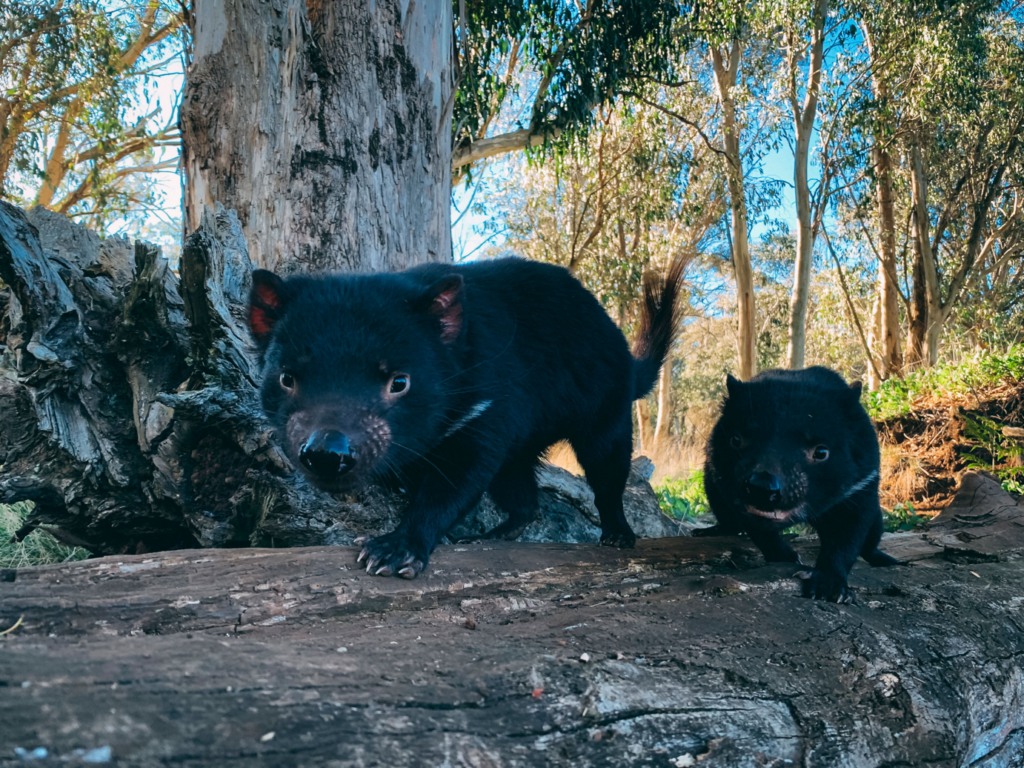
The Tasmanian devil hasn’t always been restricted to Tasmania. Around 3,000 years ago, the cute marsupials once roamed across Australia but were forced out when dingoes arrived. Their numbers were further decimated by Devil Facial Tumor Disease (DFTD), a contagious form of cancer that killed 90% of the remaining population. In 2020, the creatures were reintroduced to a wildlife sanctuary in New South Wales in Australia, helping to expand the animal’s population beyond its namesake island and control feral cat and fox numbers.

Once widespread across the Yangtze River basin, the Chinese alligator’s numbers declined drastically as much of their habitat was converted to rice fields. In 1999, a survey found around 100 animals in the wild at just 10 locations, but in 2001, captive breeding and reintroduction programs started returning small numbers of the reptiles to protected areas. In 2019, a further release of 120 alligators more than doubled the wild population.

The Steppe bison was an important part of England’s ecosystem until the giant mammals went extinct around 10,000 years ago. Now, Kent Wildlife Trust is leading a project to bring back its close relative, the European bison. The UK is one of the world’s most nature-depleted countries, and the project hopes that as “ecosystem engineers” the bison will help to revive Kent’s ancient woodland. The first herd is due to be released into woods near Canterbury in 2022.

Adapted to desert life, the Arabian oryx can go long periods without water in its harsh, arid habitat. Buthaving been hunted for its meat, hide and horns, the species disappeared from the wild in the 1970s. Since then, it has been reintroduced in Israel, Oman, Saudi Arabia, Jordan and the United Arab Emirates. The IUCN estimates more than 1,200 Arabian oryx live in the wild, with over 6,000 in captivity, and changed its status from “endangered” to “vulnerable” in 2011, reflecting the success of the reintroduction programs.

The black rhino’s population was decimated in the 20th century, with less than 2,400 left in the wild by the 1990s. In recent years, conservation efforts have more than doubled their numbers, and reintroduction programs are returning the rhino to countries and communities where it was entirely extinct. Translocating 3,000-pound animals like rhinos is no easy task: in the past decade, conservationists have started moving some animals from areas that can’t be accessed by road, by helicopter — hanging them upside down in the air. Robin Radcliffe (pictured), a researcher at Cornell University, studied how being hung upside down affects rhinos, and found that it’s better for their health than lying them on their sides.
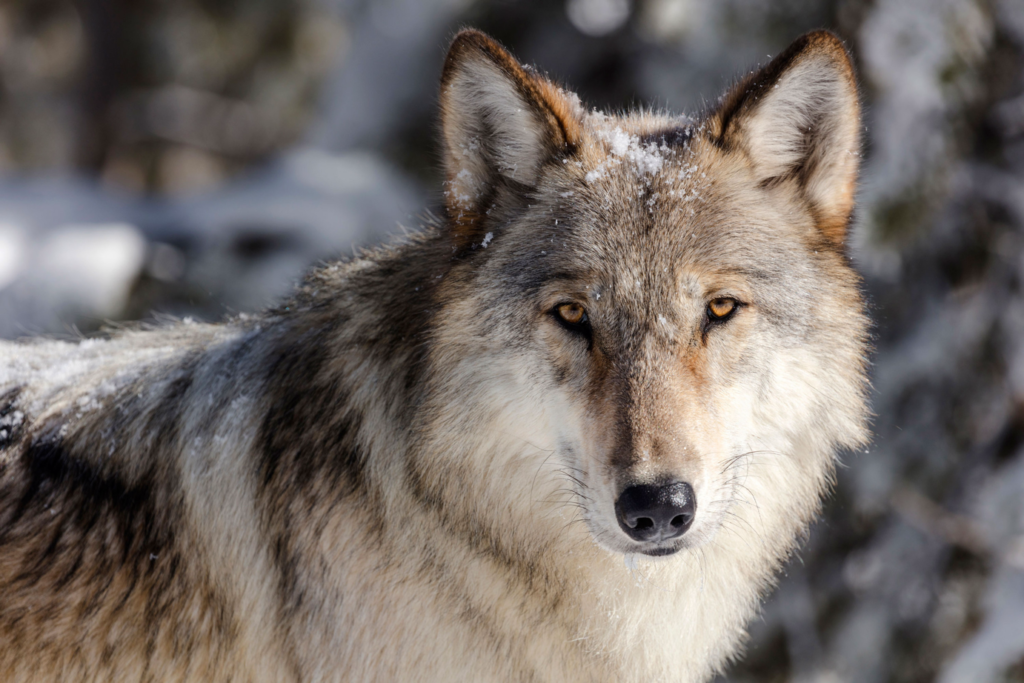
Between 1995 and 1997, 41 gray wolves were reintroduced to Yellowstone National Park. Their 70-year absence had a huge knock-on effect across the park’s ecosystem: the elk population expanded unchecked, overgrazing on willow and aspen trees, and in turn, beavers had no food or shelter, and almost disappeared from the park too. As of January 2020, there were at least 94 wolves in the park, and more than 500 in the greater area, but the program has struggled to manage the population beyond the park’s borders. There continues to be opposition from ranchers over concerns for livestock, despite the fact that only 2% of adult cattle deaths in 2015 were caused by predators, and of those only 4.9% involved wolves — less than half the number of cattle killed by dogs. Wolves beyond the boundary of the park are offered little to no protection: in Wyoming, wolves can be hunted freely across 85% of the state.
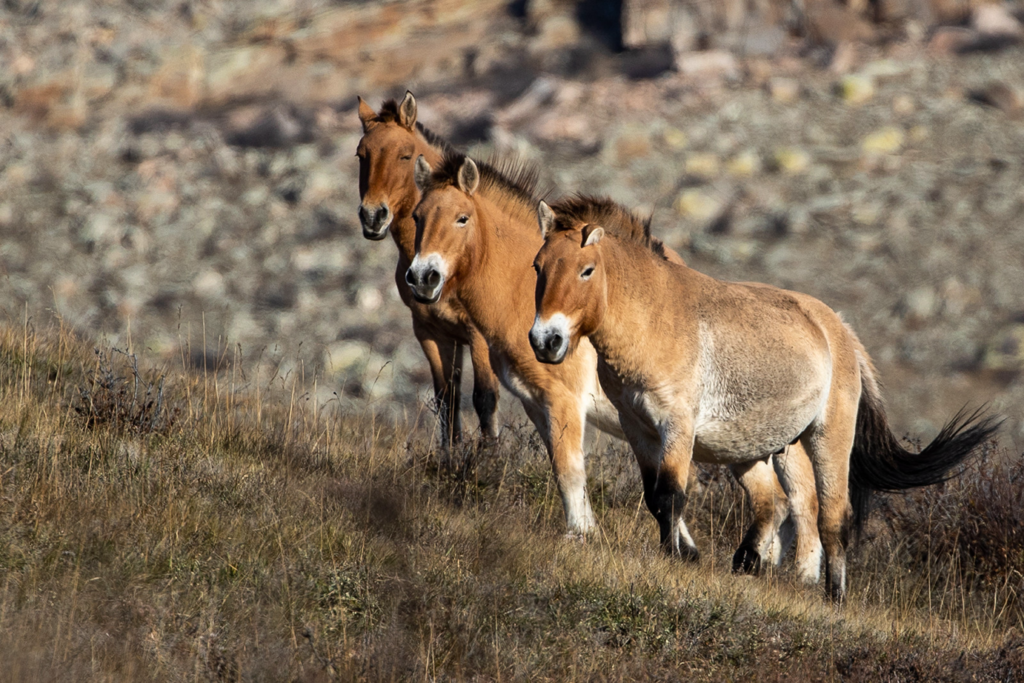
Przewalski’s horse has become one of the most iconic reintroduction success stories. The free-ranging horses of Central Asia’s steppes went extinct in the wild in the 1960s, but a captive breeding program in 1985 sparked hope they could be brought back. A reintroduction program was launched in Mongolia in 1992, and as of 2018, it is estimated over 500 horses are roaming free in the country. China launched its own program in 2001, releasing the horses into semi-wild nature reserves for part of the year. Przewalski’s horse also returned to Russia’s Ural region in 2016, and there are plans for future reintroductions in Kazakhstan. The combined wild and captive population numbers around 1,900 today.
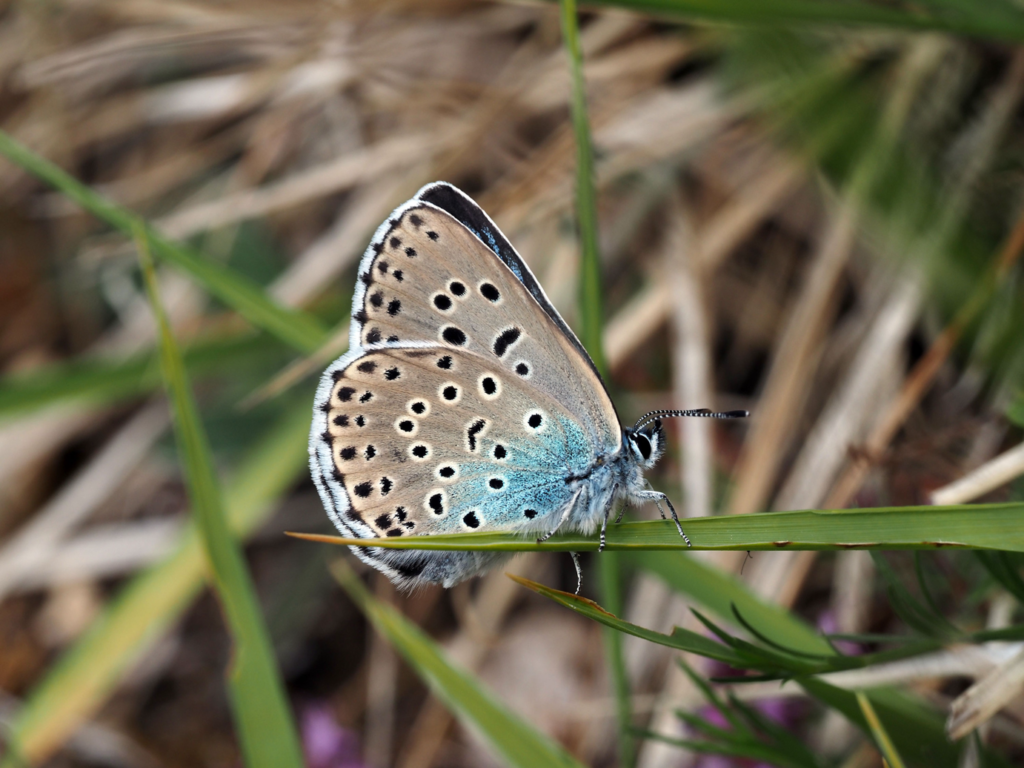
Extinct in the British countryside for 40 years, the large blue butterfly was successfully reintroduced last year. Conservationists spent five years preparing the area in Rodborough Common in Gloucestershire, southwest England, for the butterfly’s return, with around 750 of the distinctive insects appearing last summer.
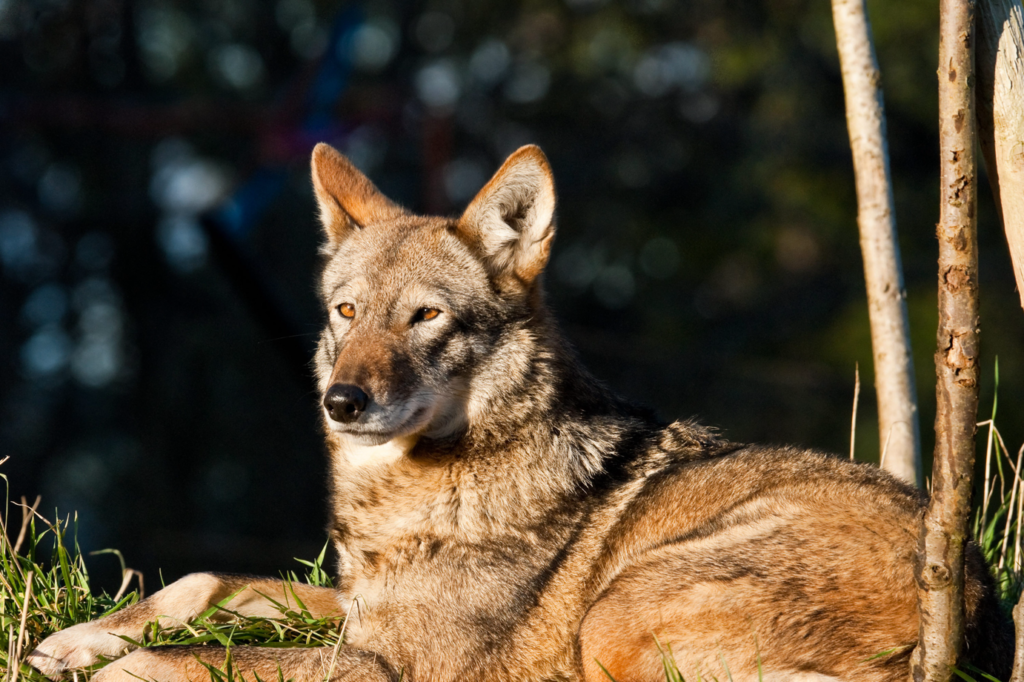
When hunting and habitat loss put the red wolf on the brink of extinction in the 1970s, conservationists rounded up the remaining animals for a captive breeding program. Just 17 were found, and in 1980, the species was declared extinct in the wild. The captive breeding program was a success, though — four pairs were released in North Carolina in 1987, and the population peaked at 130 wolves in 2006. However, mismanagement of the program means the red wolf is facing extinction in the wild for the second time: in February 2021, there were just 10 known free-living animals.
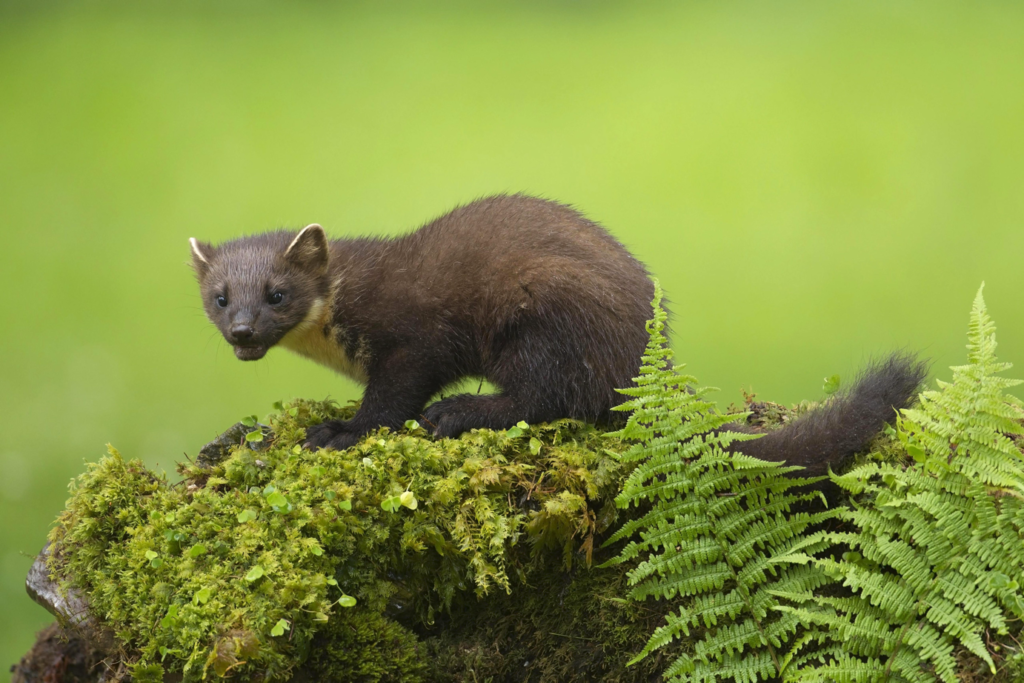
Once a common sight, the pine marten (a close relative of the weasel) began to disappear from British woodlands in the 20th century — which allowed populations of grey squirrels, the pine marten’s main prey, to boom. This was bad news for the native red squirrel, which subsequently fought a losing battle for habitat and food. Between 2015 and 2017, more than 50 animals were successfully relocated from their stronghold in Scotland to Wales, to strengthen the pine marten population there. In 2019, the project was replicated in England with 18 pine martens released in the Forest of Dean in Gloucestershire. A further release is planned later this year.

Reindeer lived in Scotland thousands of years ago, and before their recent revival, are thought to have been last seen in the 1200s. In 1952, a Sami reindeer herder, Mikel Utsi, brought a small herd from the chilly north of Sweden to the cool climate of the Cairngorm Mountains in Scotland in an unofficial reintroduction of the species. The herd has grown to 150 in recent years, but researchers are still exploring their impact on the environment.
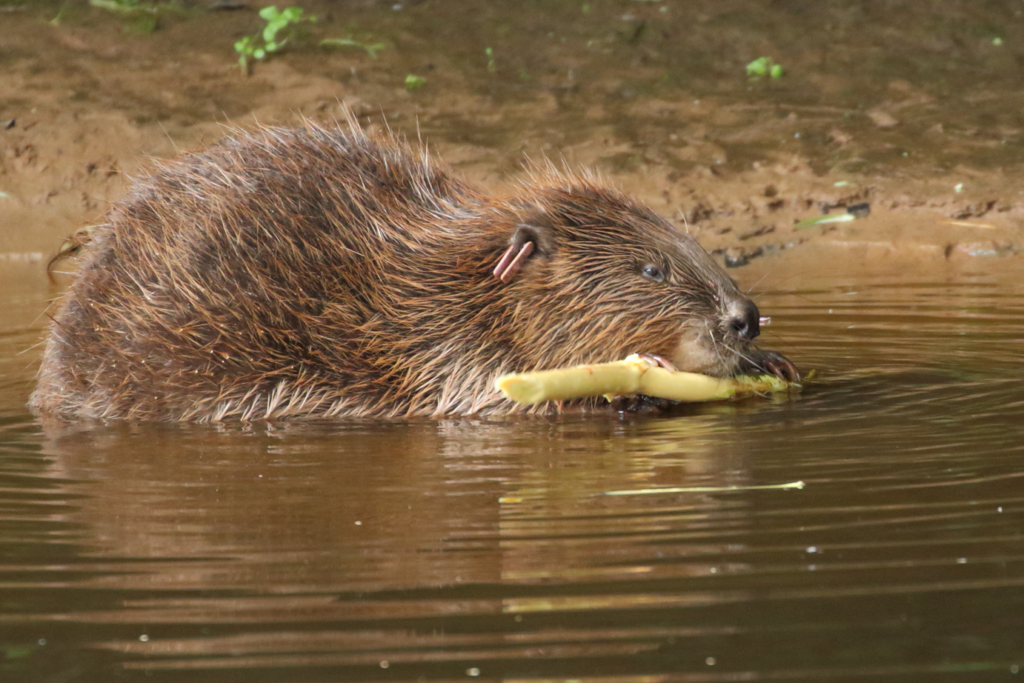
Hunted for their fur, which produces a felt that was used extensively in hat-making, beavers all but disappeared from rivers across Europe and North America. In the UK, they haven’t been seen in the wild for 400 years. But the amphibious rodents play a vital role in the ecosystem, by building dams that reduce flooding by regulating water flow. The changes in water level can also help to increase fish stocks, with one study finding 37% more fish in pools made by beaver dams, compared to stretches of river with no dams. In Devon, in the west of England, a decade-long beaver reintroduction trial concluded last year, with a single pair spawning 15 family groups.
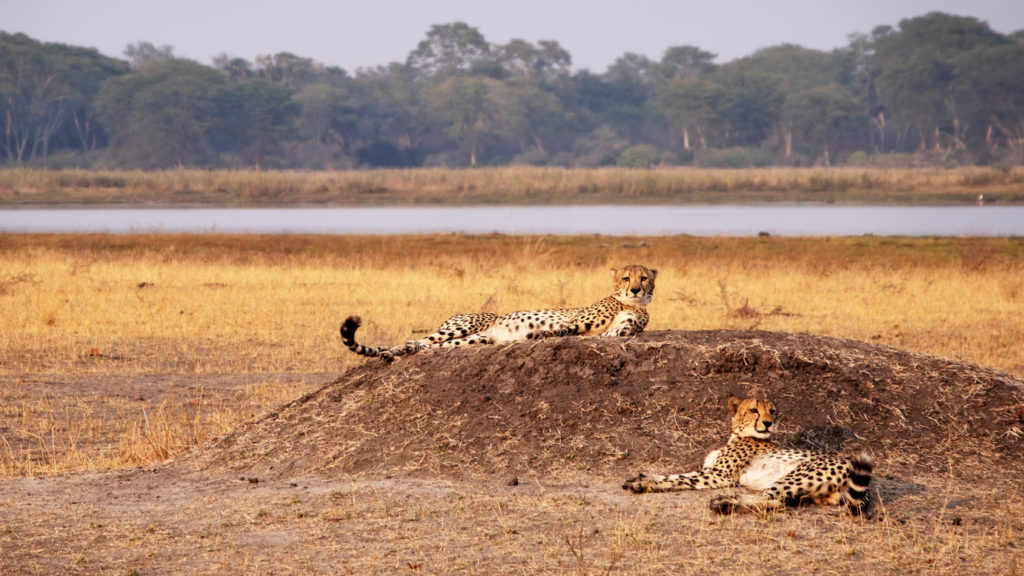
In the 20th century, cheetah numbers plummeted by 93% due to hunting and habitat loss. The big cat became extinct in many of its historic territories, including India, and 90% of its former range in Africa. A reintroduction program in Malawi’s Liwonde National Park (pictured) in 2017 saw the predatory mammal return to the country for the first time in 20 years, but the population still struggles with low numbers and a lack of genetic diversity which makes them vulnerable to disease.
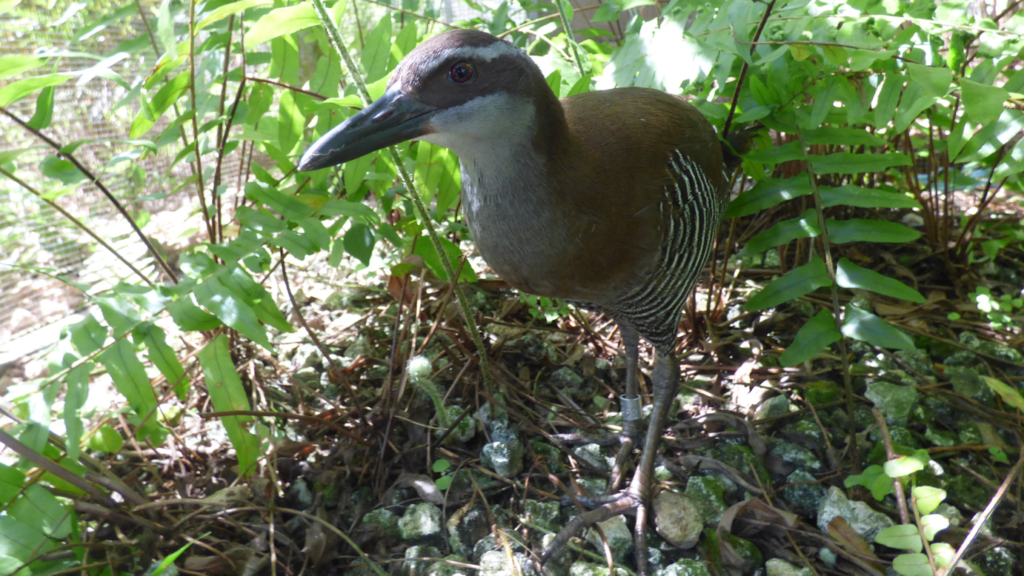
Nearly eaten to extinction by an invasive snake species in the 1970s, the critically endangered Guam rail was given a second lease of life when conservationists rescued the last 21 birds on the western Pacific islandin 1981. After an eight-year captive breeding program, they began releasing them into the wild on Rota, a small, snake-free island 30 miles northeast of Guam. Conservationists hope they can return the bird to Guam in the next few years.

The aptly-named smooth snake used to be a fixture of the southern English countryside, but it disappeared from large areas, due to habitat loss, and became the rarest snake in the country. After a 50-year absence, the harmless snake was reintroduced to Devon, in the west of the country, in 2009 as part of rewilding efforts in the area. In 2019, the Amphibian and Reptile Conservation Trust received over £400,000 for a four-year project, Snakes in the Heather, to better understand the snake’s habitat and enhance community awareness for its continued conservation.

